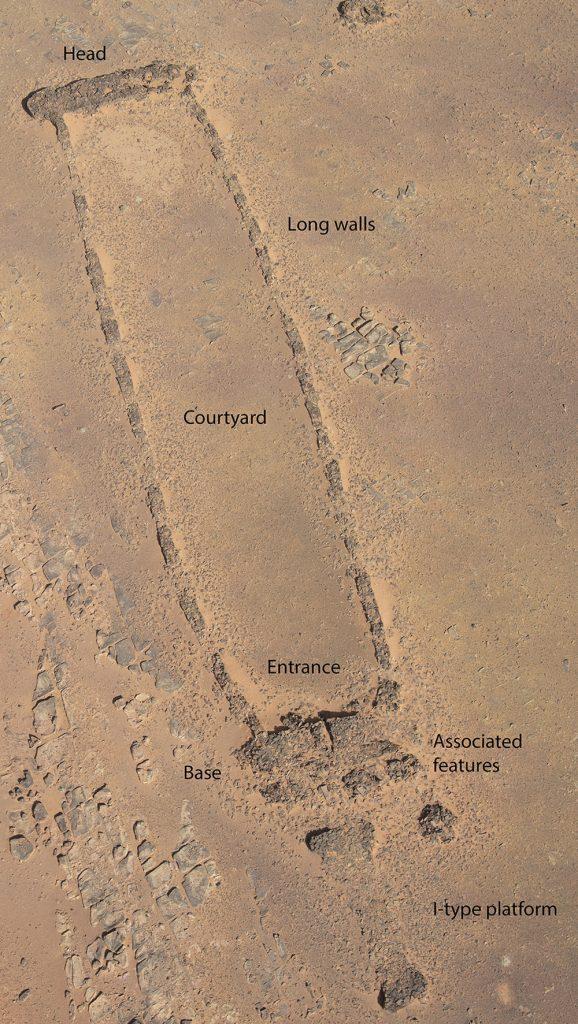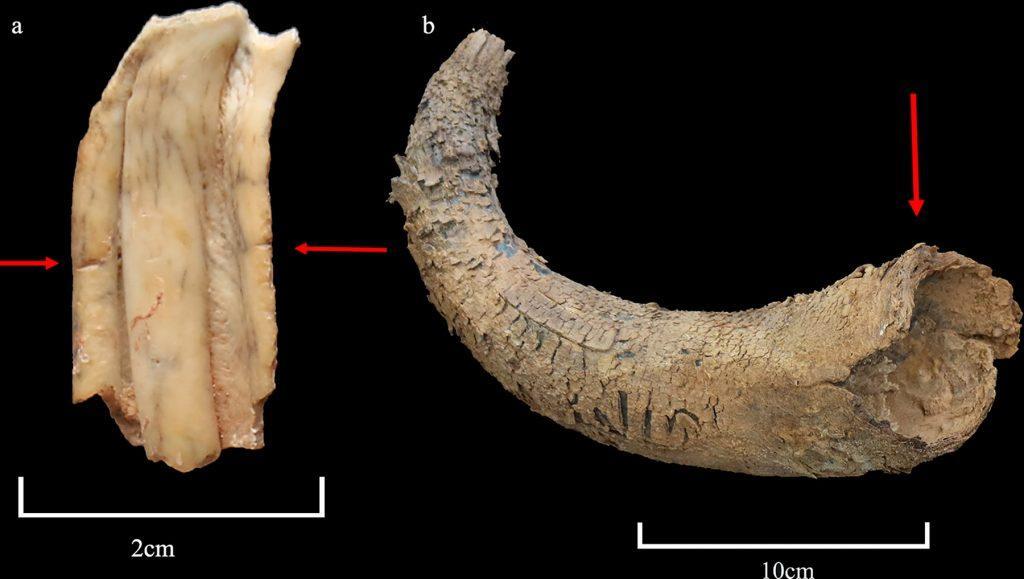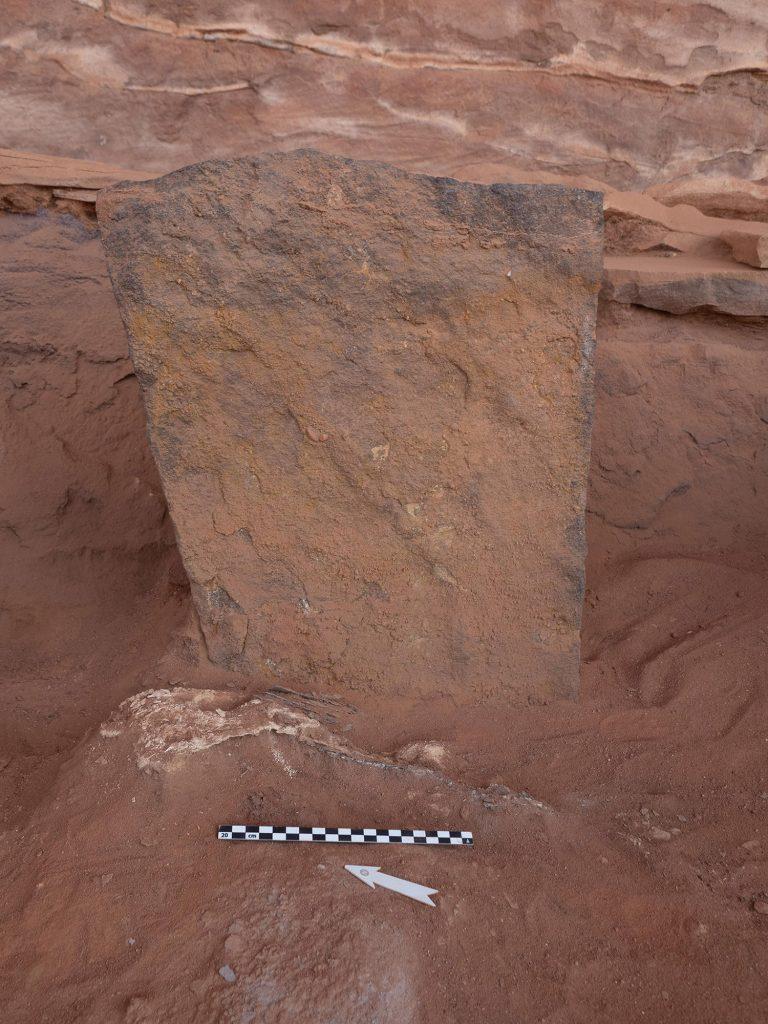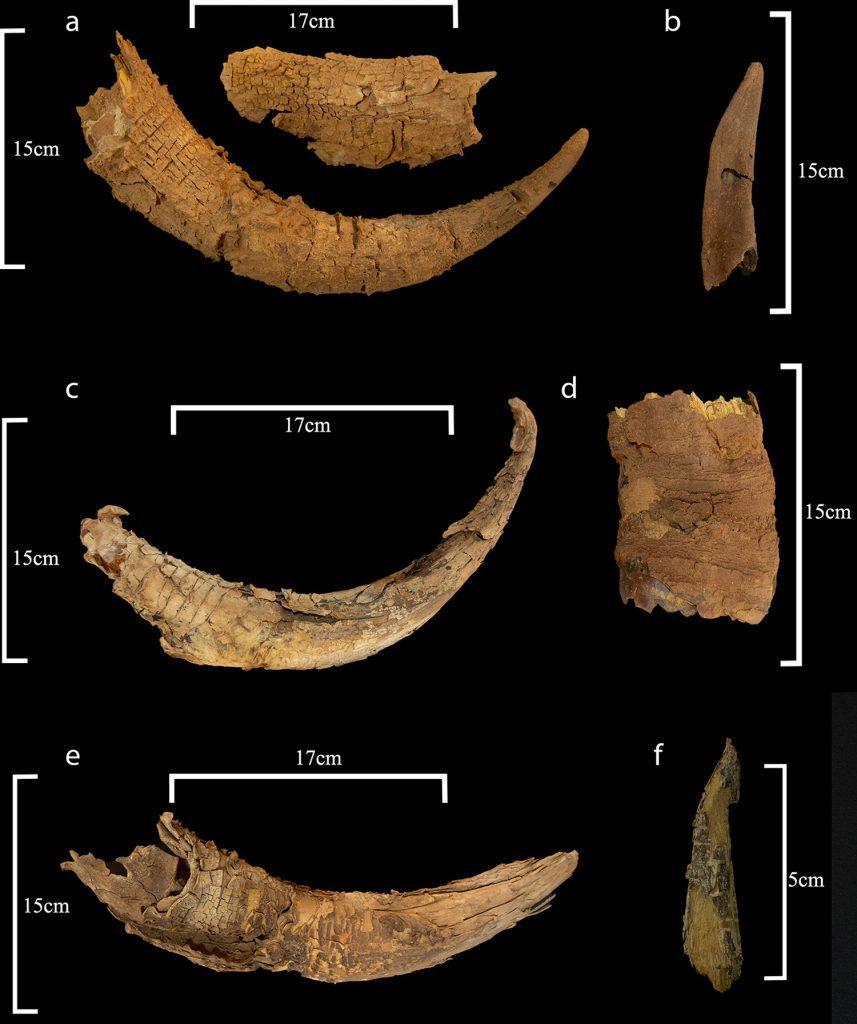(MENAFN- USA Art News) The excavation of an enigmatic stone monument in AIUIa in Saudi Arabia is offering fresh insight into the rituals and culture of Neolithic-era peoples.
Called a“mustatil,” the structure is one of about 1,600 such rectangular monuments that have been recorded across northern Arabia. As part of a five-year project by the University of Western Australia and the Royal Commission for AlUla, researchers are studying one particular mustatil, dating back 7,000 years, with large slabs of sandstone encircling a long inner courtyard.

The architectural features of a mustatil. Photo: Kennedy et al., 2023, PLOS ONE, CC-BY 4.0.
Within the 140-meter (460-foot) long complex, archaeologists identified 260 fragments of animal remains, namely the skulls, horns, and teeth of domestic cattle such as goats and gazelles.
These upper cranial bone deposits were found clustered around a central upright stone, called a“betyl” (or“house of god”), leading the researchers to believe that the structure served ritualistic or cultic purposes.

Animal remains recovered at the mustatil, including a cattle's left upper molar (left) and a cattle horn (right). Photo: Kennedy et al., 2023, PLOS ONE, CC-BY 4.0.
“It looks like cattle, goats, and gazelles were brought to the site, potentially slaughtered there and then presented to what is probably a stone representation of an unknown deity,” Melissa Kennedy, the lead archaeologist from the University of Western Australia, told archaeology wiki .
According to a study published by the research team , the remains discovered in the excavated mustatil don't just represent the earliest evidence of the domestication of animals in northwest Arabia, but the earliest known examples of animal sacrifice in the region, predating previous published evidence by almost 900 years.

The horned frontal of a male domestic goat found in front of an upright stone. Photo: Kennedy et al., 2023, PLOS ONE, CC-BY 4.0.
While not all mustatils contain betyls, the team has noted that the religion of pre-Islamic Arabia has been characterized as a“cult of betyls,” with these stones representing a mediator between the living and the divine. In addition to blood sacrifice, the tradition also encompassed ritualized hunting and feasting.
A ground survey of 80 other mustatils has also turned up roughly contemporaneous animal remains, suggesting that this same belief was shared by Neolithic populations across the region. The mustatils that dot the area between northern Arabia and Rub' al-Khali, then, denote what the team termed“one of the world's earliest and largest ritual landscapes.”

Horns recovered from the mustatil, including cattle horns (a, c, and d), a goat horn (b), a bos horn (e), and a gazelle horn (f). Photo: Kennedy et al., 2023, PLOS ONE, CC-BY 4.0.
“Collectively, what we've seen across all these monuments is the suggestion that a large part of northern Arabia was marked by a similar cultic belief and ritual construction, as well as pilgrimage activity-a more connected landscape than was usual for this period,” said Kennedy.
“It suggests that our understanding of the Neolithic period in the Arabian Peninsula needs further revision,” she added.
More Trending Stories:
a young couple in york renovated their kitchen cabinets and found 17th-century frescoes painted underneath
a tiktoker freaked out when he found a painting of his living room displayed in a london gallery. here's how it ended up there
a museum has located a missing figure that was cut out of this 17th-century family portrait
'this is her reality': the first-ever biography on hilma af klint unearths how the swedish artist lived, worked, and communed with spirits
sotheby's has paused its latest nft auction after an artist withdrew his work in protest of the all-male line-up
ai weiwei has recreated claude monet's iconic 'water lilies' using 650,000 multi-colored lego bricks
london will honor the victims of the transatlantic slave trade with a new memorial in the docklands
in pictures: see inside the museum of failure, a touring exhibition of historical product flops and tech misfires























Comments
No comment